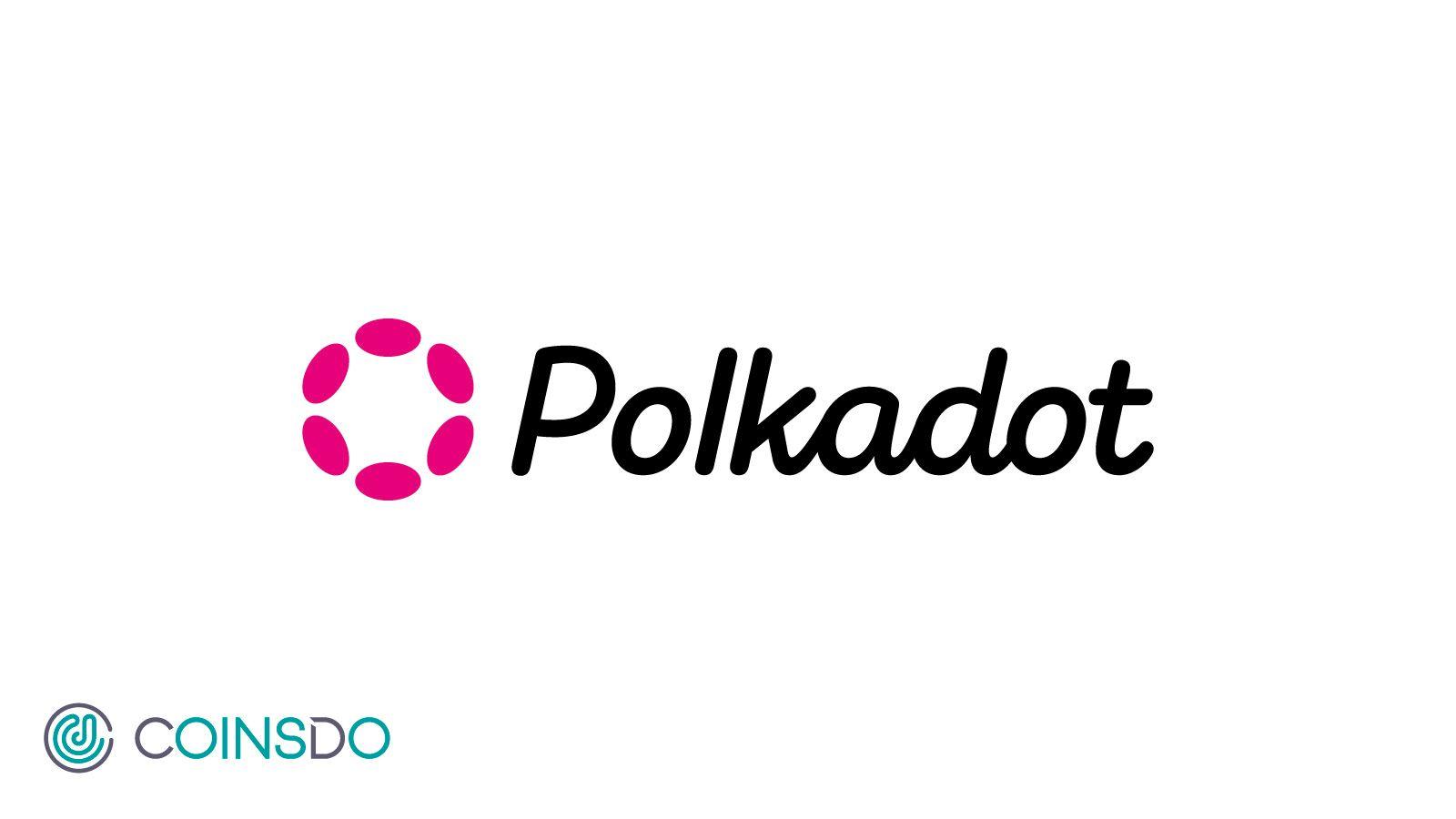
6 min read
What is Polkadot (DOT)
Polkadot is an interesting protocol designed to enhance scalability, interoperability, and security across different blockchain networks. Developed by Dr. Gavin Wood, co-founder of Ethereum, Polkadot aims to create a unified, decentralized web where disparate blockchains can seamlessly interact. This blog will delve into Polkadot's foundational concepts, unique features, and its potential impact on the blockchain ecosystem, supported by relevant statistics.
What is Polkadot?
Polkadot is a multi-chain framework that allows various blockchains, known as parachains, to operate together on the same network. This interoperability ensures that data and assets can be transferred across different chains without intermediaries, enhancing the utility and functionality of blockchain technology.
Interoperability
Polkadot’s architecture enables cross-blockchain transfers of any data or asset, not just tokens. This facilitates a more connected and functional blockchain ecosystem, allowing diverse chains to interact and share their unique features.
Scalability
By supporting multiple parallel blockchains, Polkadot significantly improves scalability. As of early 2024, the network operates with 50 independent cores, which allow for enhanced parallel processing and reduced congestion.
Shared Security
Polkadot's pooled security model ensures that all connected parachains benefit from the security of the main relay chain. This shared security approach enables robust protection against attacks, with over 51% of the total 1.383 billion DOT tokens staked as of November 2023.
Forkless Upgrades
Polkadot can implement upgrades without hard forks, thanks to its on-chain governance and the use of WebAssembly (Wasm). This ability to upgrade seamlessly is crucial for maintaining network stability and adapting to new technological advancements.
How Does Polkadot Work?
Polkadot’s architecture comprises several key components that work together to create an efficient and cohesive network:
The Relay Chain
The relay chain is the central hub of the Polkadot network, responsible for its shared security, consensus, and cross-chain interoperability. It is designed to be as simple as possible to enhance speed and security, leaving the complexity to the parachains.
Parachains
Parachains are individual blockchains that run parallel to the relay chain. They can be customized for specific use cases and benefit from the relay chain's security. The number of active parachains has been growing steadily, contributing to the network's diversity and functionality.
Bridges
Bridges allow parachains to connect and communicate with external blockchains such as Ethereum and Bitcoin. This feature extends Polkadot’s interoperability beyond its ecosystem, integrating with other significant blockchain networks
Nominated Proof-of-Stake (NPoS)
Polkadot uses a Nominated Proof-of-Stake (NPoS) consensus mechanism, where DOT token holders nominate validators to secure the network. Validators produce new blocks and validate parachain blocks, while nominators back reliable validators with their stakes. This system ensures the network's security and operational efficiency.
Polkadot's Ecosystem and Projects
Polkadot's versatile architecture has attracted numerous projects and developers looking to leverage its unique features. Some notable projects within the Polkadot ecosystem include:
Acala
Acala is a decentralized finance (DeFi) hub and stablecoin platform built on Polkadot. It offers a suite of financial applications, including a multi-collateralized stablecoin, a decentralized exchange, and staking derivatives, optimized for interoperability and scalability.
Moonbeam
Moonbeam is a smart contract platform compatible with Ethereum, allowing developers to deploy existing Ethereum dApps on Polkadot with minimal changes, while enjoying the benefits from the shared security of the Relay Chain and integrations with other chains connected to Polkadot. This compatibility facilitates seamless migration and interoperability between the Ethereum and Polkadot ecosystems.
Chainlink
Chainlink, a decentralized oracle network, has integrated with Polkadot to provide secure and reliable off-chain data feeds. This integration enhances the functionality of Polkadot-based dApps by enabling access to real-world data.
The Future of Polkadot
Polkadot’s innovative approach to blockchain interoperability and scalability positions it as a key player in the future of decentralized technology. The network's growth and the addition of more parachains will enhance its ecosystem's robustness and diversity.
Upcoming Developments
Parathreads: Polkadot plans to introduce parathreads, which offer a pay-as-you-go model for projects that do not require continuous connectivity to the relay chain. This provides more flexibility and lowers the entry barrier for new projects.
Cross-Chain Message Passing (XCMP): XCMP will enhance Polkadot’s interoperability by allowing seamless communication between parachains, further reducing the reliance on the relay chain for cross-chain interactions.
Polkadot (DOT) is now Supported on CoinsDo
CoinsDo is excited to announce that it now supports transactions on Polkadot and the related DOT token. This new integration means that CoinGet and CoinSend can now efficiently manage these assets, providing users with a seamless and secure digital asset management experience.
If you're in the market for a reliable, secure, and cost-effective digital asset management system, reach out to us to learn how CoinsDo can empower your business.

